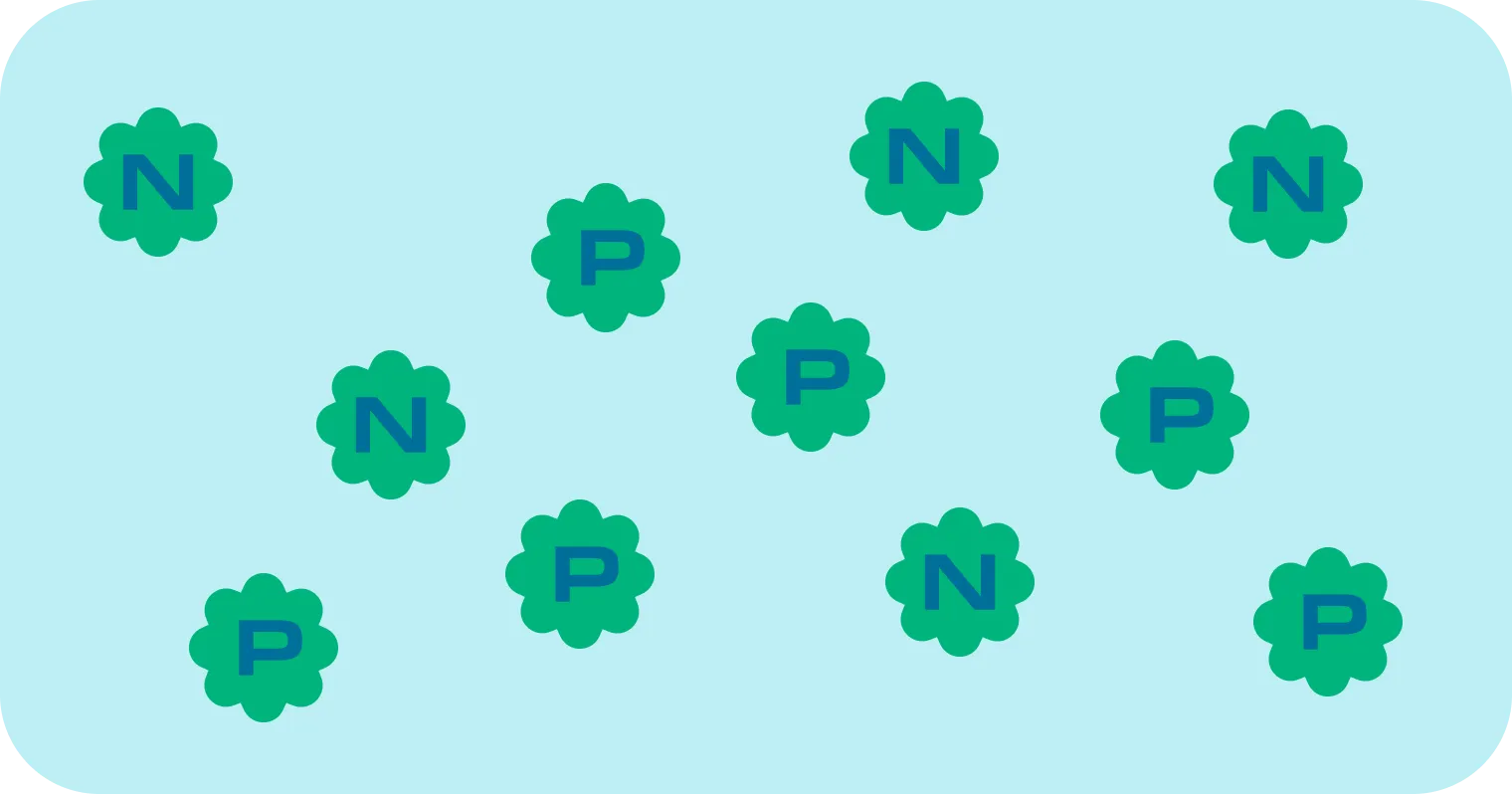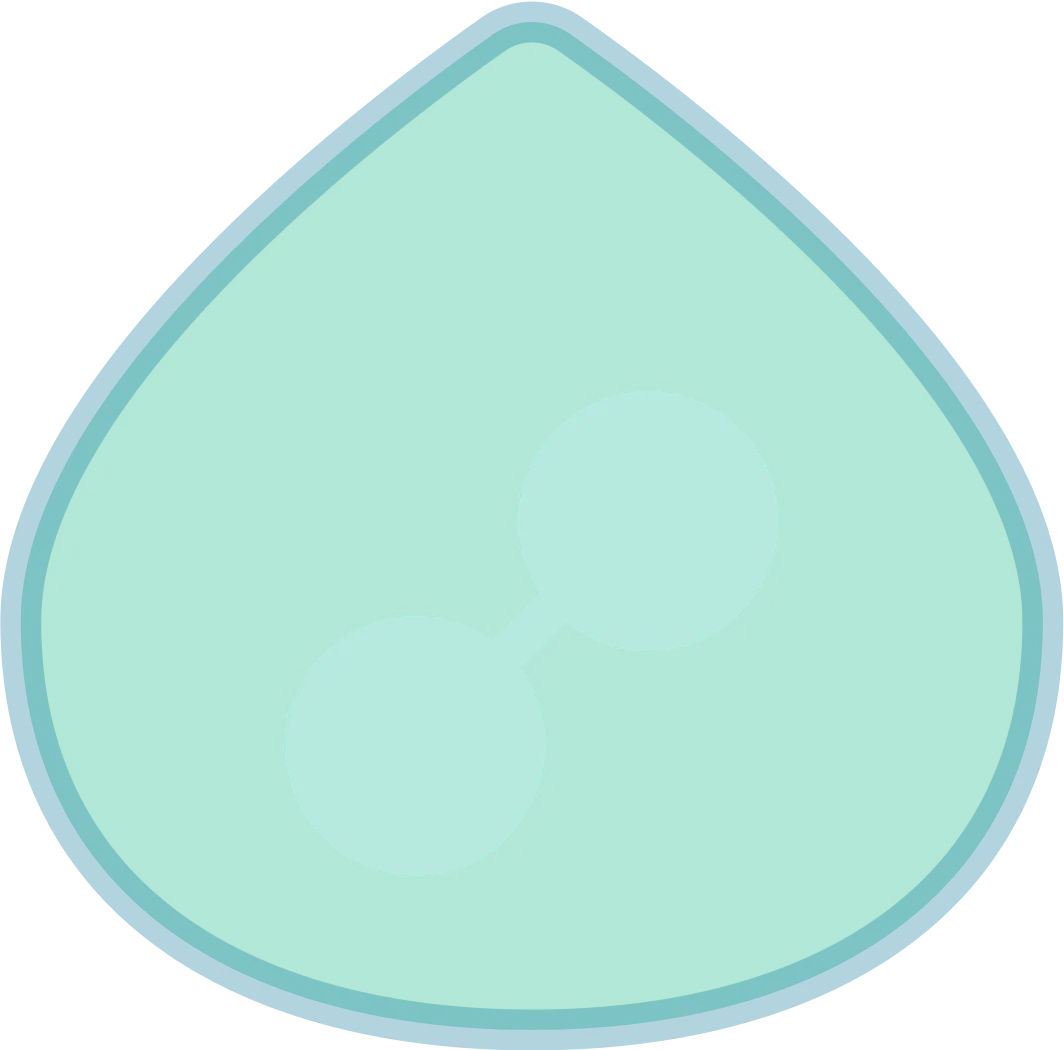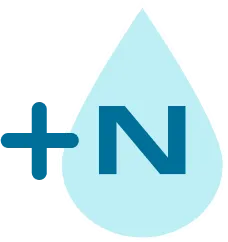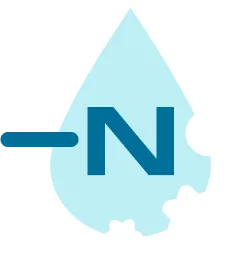The nutrient issue
Nitrogen (N) and Phosphorus (P) are fundamental to modern life, sustaining global food systems and various industries. However, their intensive use, especially in agriculture, has led to significant environmental challenges. When not properly managed, these nutrients can accumulate in water bodies, triggering ecological imbalances such as algal blooms and dead zones. Understanding their role and the consequences of their overuse is key to addressing one of the most pressing sustainability issues of our time.
















